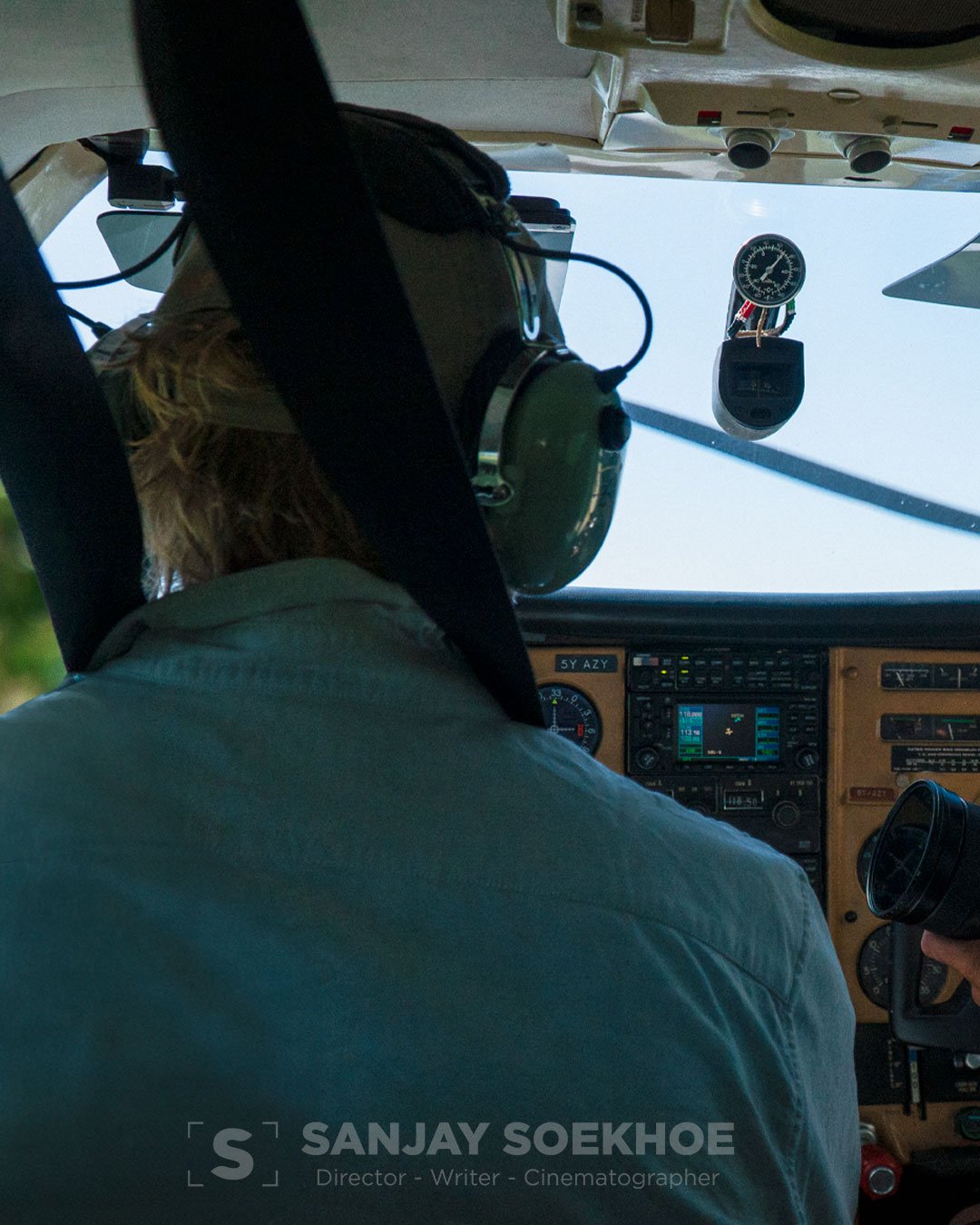“I never knew about the problems being caused by the fences. It’s really quite harrowing.”
synopsis
In the heart of the Mara region in Kenya, a battle for land rages between wildlife and the local Maasai tribe. The Maasai, Africa’s most iconic tribe, has lived in harmony with nature and wildlife for centuries. But that harmony is under severe pressure in the 21st century.
When land privatization leads to the rise of fences, a method considered to benefit nature and people, the ancient traditions of the Maasai collide with the needs of modern society, resulting in a struggle for survival that threatens to destroy the delicate ecosystem of the Mara forever. Wildlife corridors are blocked, biodiversity loss is rising, family ties are broken, and land is desertifying at an alarming rate.
Once home to colossal herds of animals, the last fully functioning naturally occurring grassland on earth is on the brink of survival. Experience this story through the eyes of the Maasai and their struggle to save not only the cultural traditions of the Maasai but the entire ecosystem.
purpose
When was the last time you questioned a fence or the quality of the land? Most people on a safari focus on the animals without considering their behavior, health, or habitat. It's time to shift that perspective.
Highlight the crucial role wildlife plays in maintaining a thriving ecosystem. With proper management, these ecosystems can become strong enough to provide sufficient resources for all living things.
Promote mitigating strategies that allow wildlife, soil, and the Maasai to thrive in their natural habitat without competing for basic resources like water and grass.
Message from a local
Dennis Nkoito was one of the first Maasai Sanjay met in Kenya. As a local with deep indigenous knowledge, Dennis knows everyone and everything about the area. He works with various tourist camps, sharing the beauty and challenges of Maasai culture. I remember walking with him across the dry regions of the Loita plains, spotting animal dung from elephants to giraffes. At first, I was excited, thinking, "Wow, these animals really roam here." But as I learned more, I wondered what it must have been like when Dennis was young.
Land demarcation has forced people into more isolated lives. Dennis reflects on how respect for nature and human cultural diversity has changed.
Dennis lives in Maji Moto, and video calls keep me updated on local developments. Sometimes, he’ll call from the middle of the Loita plains while I’m behind my laptop in an urban jungle. We both pause, surprised at where we find ourselves.










why
Today’s news headlines about nature aren’t lying. We either do something now or face an irreversible loss of wildlife and nature. Documentaries about the beauty and importance of nature have been popular for decades. In the urban jungle, these documentaries provide a way for those distant from it to reconnect to nature.
This documentary will show the disastrous effects of modernization and the push for land privatization in the Greater Mara (Kenya), home to the Indigenous Maasai people and an encyclopedia of biodiversity. It will also highlight growing challenges, like desertification (land turning to desert), sustainable land management, and human-wildlife coexistence.
The Maasai’s abundant knowledge of the environment and deep connection with the land will provide a unique perspective on how they face these critical issues and devise solutions while fighting to maintain their traditional community-based way of life.
The challenges above are not exclusive to the Greater Mara. This is why the knowledge of the Maasai, in combination with insights from world-renowned scientists interviewed for this documentary, can help find solutions to similar problems worldwide—a thought-provoking way to highlight issues that affect us all.
With the rise in public demand for a sustainable world, the topics discussed in Beyond The Fence are more relevant than ever.
director’s vision
Every day, I would stare at the framed photo my father had bought me when I was a kid. The framed photo stared back at me. It was a majestic cheetah surrounded by the wilderness of nature. The cheetah looked powerful. I was captivated by the photo and could feel its energy piercing through it, giving me the chills. I loved it.
Fast forward thirty years, and I am face to face with a real cheetah in Kenya’s Maasai Mara. As I gazed into the eyes of the cheetah, the same childhood chills washed over me. The beauty and power of this cheetah became more real than ever imagined.
My time in Kenya was not just a magical encounter with nature. I saw fences barricading the corridors of wildlife and desertification of the land. As a filmmaker, I became determined to tell the story of nature, the story of those whose language we forgot. Nature speaks, but most of us don’t understand her. It’s time to learn her language again.
The journey stirred something profound within me. I understand the importance and urgency of this story, not just for the sake of the animals and the environment but for the sake of humanity itself. Because when we hurt nature, we hurt ourselves.
Little did I know my journey would turn into a documentary. But as we all know all too well, good things are planned, but great things happen unexpectedly.
“I am afraid that my children will never know what paradise is.”
— Emmanuel Kijape (local Maasai)
If you want to help this documentary, please consider donating through the button below and share this page with others. Moreover, share this story with others. After all, it is the story of us all. Thank you very much.
















